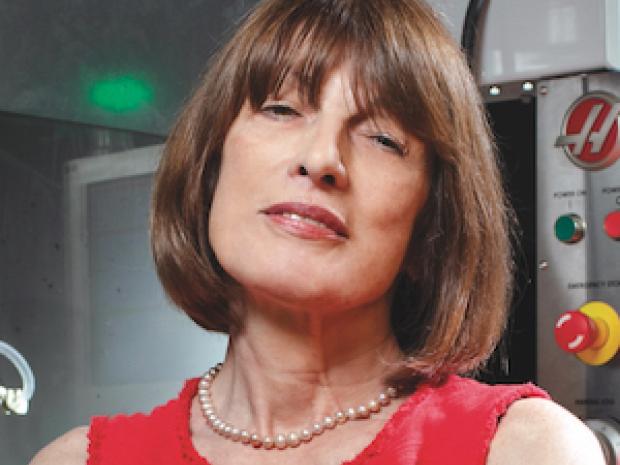Engineering human tissues for medical impact

Speaker:
Gordana Vunjak-Novakovic
Columbia University
Abstract:
The classical paradigm of tissue engineering involves the integrated use of human stem cells, biomaterial scaffolds (providing a structural and logistic template for tissue formation) and bioreactors (providing environmental control, dynamic sequences of molecular and physical signaling, and insights into the structure and function of the forming tissues). This biomimetic approach results in an increasingly successful representation of the environmental milieu of tissue development, regeneration and disease. Living human tissues are now being tailored to the patient and the condition being treated. A reverse paradigm is emerging in recent years, with the development of the “organs on a chip” platforms for modeling of integrated human physiology, using micro-tissues derived from human iPS cells and functionally connected by vascular perfusion. In all cases, the critical questions relate to our ability to recapitulate the cell niches, using bioengineering tools. To illustrate the state of the art in the field and reflect on the current challenges and opportunities, this talk will discuss: (i) anatomically correct bone regeneration, (ii) bioengineering of the lung, and (iii) the use of “organs on a chip” for patient-specific studies of human physiology, injury, healing and disease.

